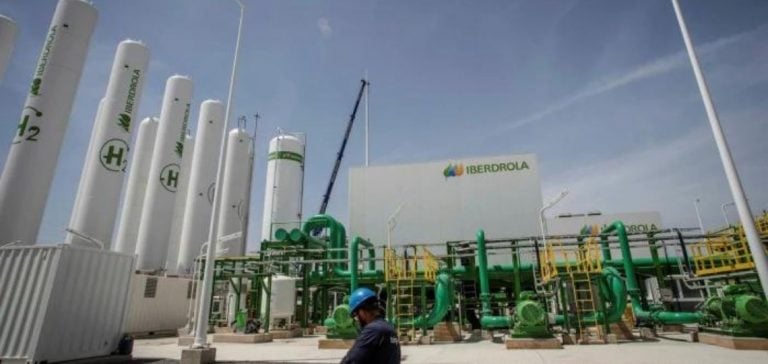Spain is readjusting its green hydrogen ambitions, now setting a target of 12 gigawatts (GW) of electrolyser capacity by 2030.
This increase, compared with the 11 GW proposed in the draft 2022 update, illustrates the country’s determination to establish itself as a European leader in the production of hydrogen from renewable electricity.
This strategy is in line with the soon-to-be-approved National Energy-Climate Plan, and constitutes an essential reference for investors and industrial players.
While some players in the European energy market, notably Norway, have recently scaled back their low-carbon hydrogen projects, Madrid seems to be maintaining the opposite trajectory.
Indeed, the abundant availability of natural resources such as solar and wind power makes Spain a prime candidate for the production of green hydrogen, a key technology in the continent’s decarbonization efforts.
An Industrial Strategy Supported by Investment
To support this ambition, Spain has recently allocated subsidies for several major green hydrogen projects.
Interested investors include major industrial players such as Chinese electrolyzer manufacturer Hygreen Energy and the Envision Group, also based in China.
These investments are aimed at strengthening the infrastructure needed to develop a competitive hydrogen value chain.
However, the sector still faces challenges.
Dependence on public subsidies and the still uncertain demand for green hydrogen are slowing down the development of certain projects.
For example, Shell recently abandoned a blue hydrogen project in Norway due to high costs and lack of sufficient demand.
Similarly, Equinor cancelled a similar initiative earlier this year.
These withdrawals reveal the current limits of a market that still needs political and financial support to consolidate.
A complex European context
Spain is no exception in the wider context of the European Union, where energy plans must constantly adapt to market realities.
Last June, Madrid missed the deadline for submitting its National Energy-Climate Plan to the European Commission.
This delay is not an isolated one, with many other countries also falling behind on the submission of their respective plans.
Despite this, the Spanish government is maintaining its clear objectives, including a 32% reduction in greenhouse gas emissions by 2030 and an increase in energy storage capacity to 22.5 GW, compared with the 22 GW initially planned.
These minor adjustments do not alter the country’s overall trajectory, which aims to remain a key player in Europe’s energy transition.
Persistent Challenges for the Hydrogen Sector
The cost of producing green hydrogen remains one of the main obstacles to its widespread deployment.
At present, it is more expensive than hydrogen produced from natural gas.
This cost difference, combined with uncertainty about future demand, explains why some projects have been put on hold.
Yet green hydrogen is seen as central to the decarbonization of the European economy, particularly in sectors that are difficult to electrify, such as heavy industry and shipping.
Despite these obstacles, Spain continues to rely on state-of-the-art infrastructure and strategic partnerships to maintain its competitiveness in this booming market.
The government hopes that the acceleration of projects in the hydrogen sector will attract further investment and foster the emergence of new technologies to reduce long-term costs.
An International Hydrogen Race
In this hydrogen race, Spain is positioning itself as a competitive player within the European Union.
France, Germany and other European countries have also announced major projects in this field, although some are more cautious due to economic challenges.
Spain’s strategy relies on its ability to attract foreign capital and leverage its natural resources to accelerate the development of green hydrogen.
Spain could benefit from its geographical proximity to North Africa, a region with significant potential for renewable energy production.
This strategic position could enable the country to become a hub for green hydrogen exports to the rest of Europe and beyond.
The future of green hydrogen in Spain will largely depend on the government’s ability to balance its ambitions with the economic and industrial realities of the sector.
However, with a clear roadmap and targeted investments, Spain continues to position itself as a potential leader in clean energy production and in Europe’s decarbonization efforts.






















